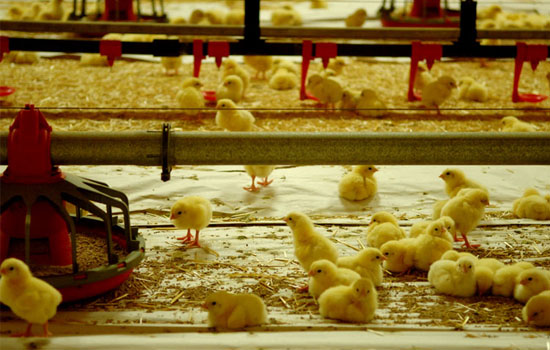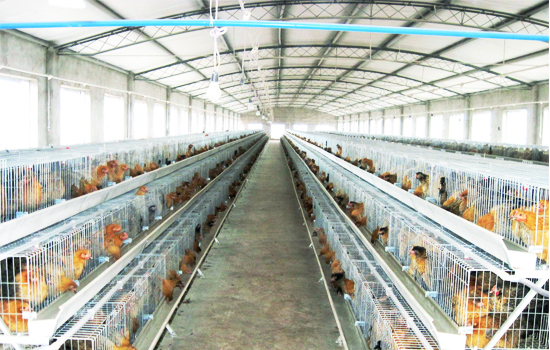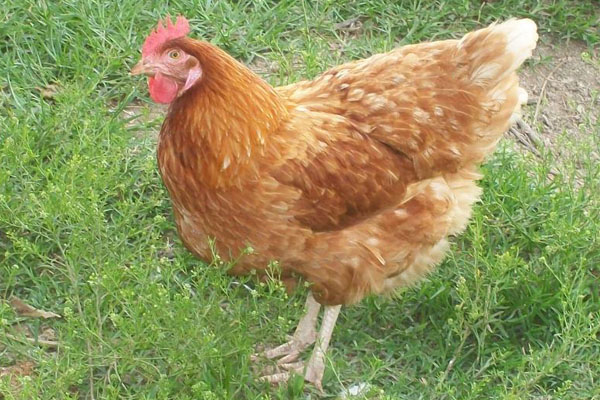What is the best density of caged broilers in summer?
- Published in Method of breeding chicken
1. Temperature management
(1) The optimum temperature for adult flocks: between 18 and 23 degrees Celsius, high temperature is likely to cause heat stress.
(2) Look at the chicken temperature: pay attention to the humidity of the chicken house. Use the body temperature during the day, find ways to cool down, so that the flock can reach a comfortable body temperature; use the indicated temperature at night.
2. High temperature and heat stress
Heat stress index = relative humidity (RH%) + Fahrenheit temperature (OF) 160. 160 Reduced feed intake, increased drinking water, and decreased production performance. 165 Flocks begin to die, with severe damage to the lungs and cardiovascular system. 170 A large number of deaths. When the temperature exceeds 28 degrees Celsius, the mouth is gasping. The temperature exceeds 30 degrees Celsius, the mouth is gasping, the feeding is decreased, and the drinking water is increased. When the temperature exceeds 32 degrees Celsius, the chickens appear sputum, lack of oxygen, rapid increase in respiratory rate, snoring, strange screaming, and serious death.

3. Heat stress is the control measure:
Use cooling equipment: fan + wet curtain, first turn on the fan that can be used, and use the wind speed to achieve the appropriate somatosensory temperature to produce the air cooling effect.
Secondly, use wet curtains: the temperature is over 30 degrees Celsius, the humidity is lower than 75%; gradually use, the range is from small to large; first use the two sides of the wall, and finally use the gable wet curtain. Finally, the windshield is installed in the chicken house to reduce the cross-sectional area of the house and increase the wind speed.
4. Density is not grouped
The density of flocks in summer chicken cages should be reduced, and each group of 3 layers should be 24-25. The flocks should maintain a reasonable density and should be grouped as soon as possible. The first group should be 8-13 days old, and the second group should be 21-22 days old. Summer grouping should be in the morning or evening to reduce heat stress in the flock.
5. Feeding management
Feed feeding: adjust the feeding time and feed in a cooler time. In the morning or evening, avoid the high temperature period, do not concentrate on feeding before 6 pm; pay attention to the mildew and deterioration of the feed to prevent poisoning or intestinal diseases, daily net trough and light limit once.
6. Drinking water management
Fresh, clean drinking water is provided to ensure adequate water. Protect the health of the intestines. Water quality standard: Total bacterial count standard: less than 100 per ml; E. coli should be 0 per ml and no more than 50. The water line should be cleaned regularly.
During the feeding period, the height of the waterline is adjusted every two days according to the age of the flock, so that the chicken can be raised through the waterline. Check the water line nipple every day for water, and replace the water line or leaking water line nipples in time to avoid disease caused by lack of water in the chickens.
7. Chicken out of the bar management
When the outside temperature is higher than 26 degrees Celsius, the chickens will be slaughtered. After the chicken battery cages are loaded, the water should be cooled in time. When the water is pumped, it must be thoroughly penetrated. During the slaughtering of the slaughterhouse, it is necessary to timely water and cool down to prevent the heat of the chickens.




